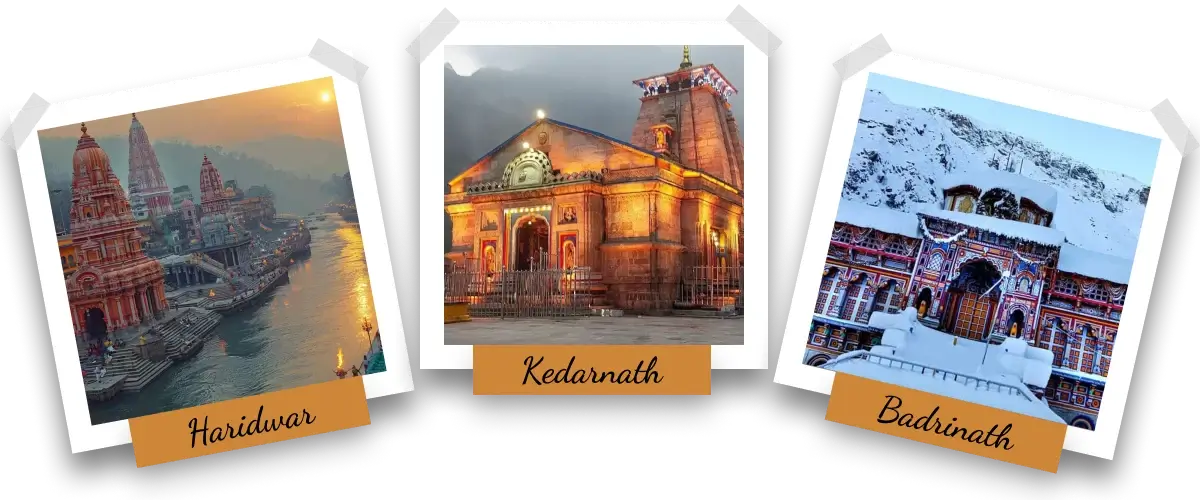Embark on a sacred 7-day pilgrimage to the iconic Char Dham of Uttarakhand, exploring Haridwar, Kedarnath, Badrinath, and Rudraprayag. Begin in Haridwar with a serene visit to Har Ki Pauri and the Ganga Aarti, then journey through picturesque landscapes to Guptkashi, where you’ll explore the Ardh Narishwar Temple.
Fly to Kedarnath for darshan at one of the 12 Jyotirlingas, followed by a scenic drive to Badrinath for a holy dip in the Tapt Kund and darshan at the Badrinath Temple. Discover the nearby Mana Village and Vasundhara Waterfalls before continuing to Rudraprayag, visiting the revered Narsingh Temple at Joshimath en route.
Conclude your spiritual journey with a visit to Rishikesh, known as the “Yoga Capital of the World,” before returning to Haridwar and onward to Delhi. This tour offers a perfect blend of spirituality, culture, and natural beauty, providing a deep connection with the sacred sites of Uttarakhand.

